Last Updated on June 19, 2021 by Laura
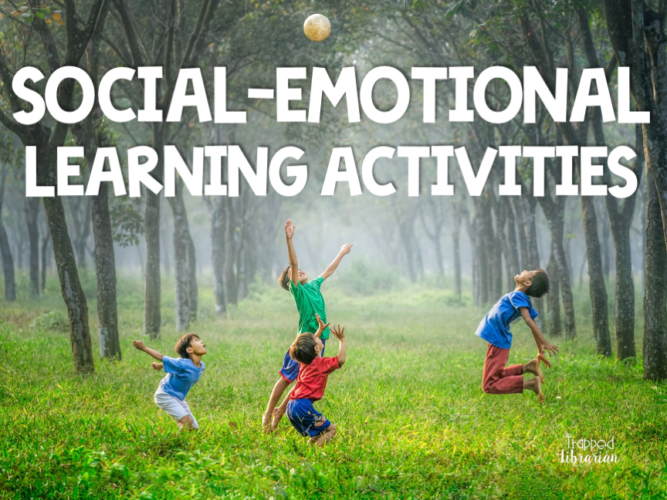
There has been a renewed focus on social and emotional learning, and with good reason. Long term research shows that social-emotional learning has a positive impact on academic achievement, classroom management, overall health, and the prevention of problematic behaviors. After the toll the pandemic has taken on schools, we are wise to place on emphasis on social and emotional learning in the school library.
The Collaborative for Academic, Social and Emotional Learning (CASEL) has identified 5 key areas of social and emotional learning. Even though they overlap, each skill area is distinct with its unique advantages for children as well as adults. You can read more about these concepts in my previous article. Let’s consider the types of activities and lessons that can support social and emotional learning in the school library.
Self-Awareness
Self Awareness is the ability to identify emotions and connect thoughts and feelings to behaviors. Some activities to strengthen self awareness include circle exercises, journals, reflections, mindfulness exercises, and conflict mediation. Students benefit from identifying and expressing emotions in a safe, non-judgmental space.
In the school library, this can be accomplished with a “Question of the Day.” I like to start my classes with a question that allows each student to express a quick opinion about something (What’s your favorite food?), or share a bit of information about themselves (Do you have a pet?). Having students complete interest inventories is another way to build self awareness that will help you develop your library collection and your library lessons.
Self-Management
Self Management is very similar to self-awareness, taking it to the next level. Self-management is the ability to motivate and control oneself, and to regulate emotions. Some activities to help with self-management are breathing exercises, counting to 5, calming exercises, and any tools to help deal with challenges in a less stressful way. Allowing students to move to a “calm down” area to self-regulate when they are struggling is one routine that can really help some students.
Help your students with Self-Management:
- Yoga Storytime Acitivites
- How Yoga Storytime Helped My Students Focus
- Yoga Storytime for Distance Learning
Social Awareness
Social Awareness is the ability to embrace diversity and show empathy. Activities like service-learning projects, role playing, and addressing social justice issues support and sharpen social awareness. Any activity that involves listening and reacting to others helps, too. So be sure to build in casual opportunities for sharing. Project-based learning activities that are rooted in real life situations can strengthen social awareness as well.
Other activities to build Social Awareness:
Relationship Skills
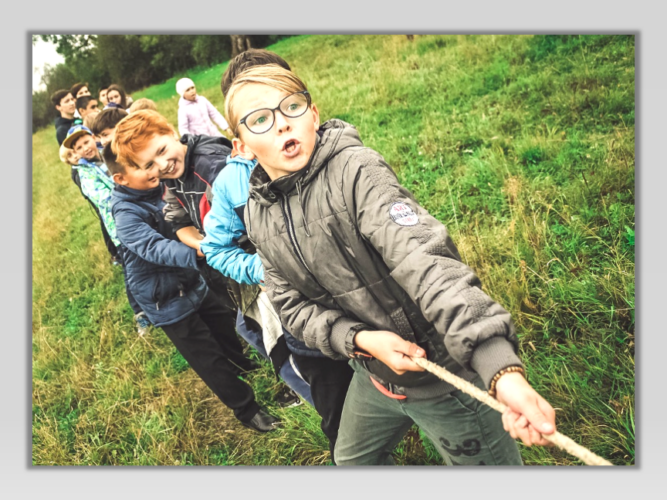
Relationship Skills include the ability to collaborate and cooperate with others, as well as to solve conflicts. School library activities and lessons that include project-based learning, cooperative learning, and other skills needed for life give opportunities for growth in the area of relationship skills. Research projects that involve working with partners or small groups will fit right in with your school library curriculum. I even like to pair up students to work on library catalog search and location skills for a fun library lesson.
Responsible Decision Making
Responsible Decision Making involves the ability to consider the well-being of oneself and others, and to evaluate the consequences of behaviors and actions. Lessons that include shared agreements, one-to-one problem solving, and having students debate an issue can give opportunities to practice responsible decision making.
- Carefully choosing books to read aloud can give opportunities for your classes to discuss choices characters make, comparing them to what students think they would do in a similar situation.
- Lessons about advertising techniques can help students take a critical look at how media tries to influence their decision making.
You Can Do It!
I know that sometimes it seems like we keep adding more and more to our responsibilities as educators. But I believe it’s worth it to include social and emotional learning in the school library. And with a little bit of knowledge and effort, we can support our students in this way while also teaching important library lessons. Give it a try and let me know what you think!
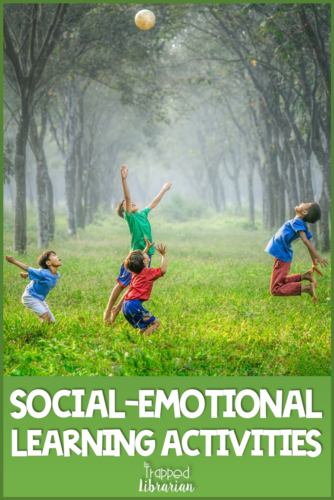
Be the light!
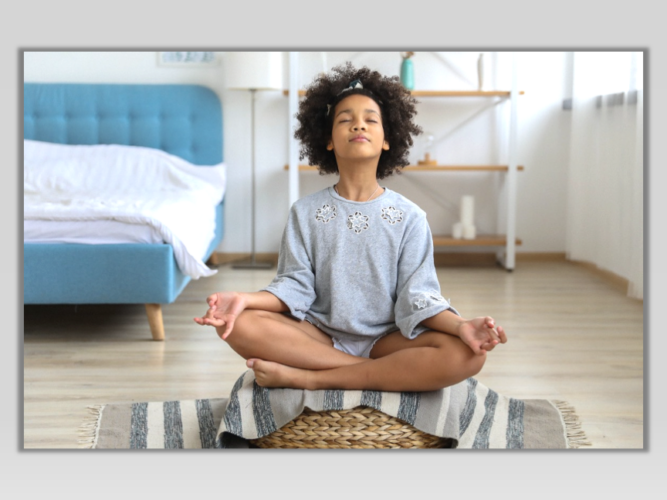

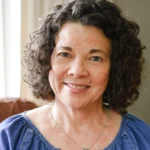

Hi Laura,
Thank you for your interest and concise discussion on CASEL Social Emotional Learning. I do agree that SEL has a place in the HUB of the school. Your descriptions of each of the competencies are great. I have heard of the importance of SEL in the library but until now I haven’t really understood just how it could look. Thank you for clearly sharing.
Thanks for your kind words, Kimberley!
Thank you so much for your helpful post looking at SEL suggestions that could work in a Learning Commons. I am keen to try some of the practical, clear ideas you have outlined; how long do you typically have students in the Library for? This may also increase the amount of time to focus on Yoga (for example) before or after doing reading or book selection. I had not seen the SEL skills broken down as CASEL has, but the descriptors connect strongly to the core competencies found in our BC curriculum; particularly those addressing personal and social responsibility. I really liked the suggestion to use stories purposefully to draw attention to choices characters make or with older kids, the media literacy aspect. I have enjoyed sharing Chalk, many of Julia Cook’s and David Shannon’s books with my class. As a new Teacher Librarian I think these are perhaps obvious choices; do you have some favourite books that highlight some of these kinds of scenarios? Thanks again for the wealth of tips throughout your blog – I’ll be back 🙂
Thanks for you kind words. I’ve shared some books here on my blog that I like to use – Nerdy Birdy & Nerdy Birdy Tweets, 365 Days of Wonder, Elephant & Piggie series, and lots of yoga titles. The series that Susan Verde & Pter H. Reynolds collaborated on is fantastic as well.
Hi Laura.
Thank you for sharing and emphasizing essential concepts related to SEL, mainly when students come back into schools, some even missing months of school due to the pandemic. The library is an extension of their classroom, and it’s nice to learn quick and easy ways to support their social and emotional growth! I thought you highlighted some easy and manageable ways to integrate self-awareness, self-management, social awareness, relationship skills and responsible decision-making skills into the library space.
I’m glad you agree that SEL is important, now more than ever. Have a great school year!
Thank you for sharing your passion for SEL in school libraries, I really enjoyed reading it! I recently am new to teaching in the library at two different schools and I’ve noticed how SEL is such a vital role in the schools. Reading through your previous post it is so true that we have the opportunity to work with all the students in the school and we should create space and time for SEL to allow students to build connections. I resonated with your section on self awareness. I found starting with a circle and asking a question of the day helps regulate the class for the library, as well as extend to building relationships and connections in the library. Students become intrigued in what their fellow classmates have to share, and value the opportunity to have their own voice be heard. Lastly, thank you for the suggestion “spread kindness with 365 days of wonder.” ( I just purchased it!) I am excited to try this with the intermediate students in my schools! Thank you.
I love your idea of starting class in a circle to check in – thanks for sharing!